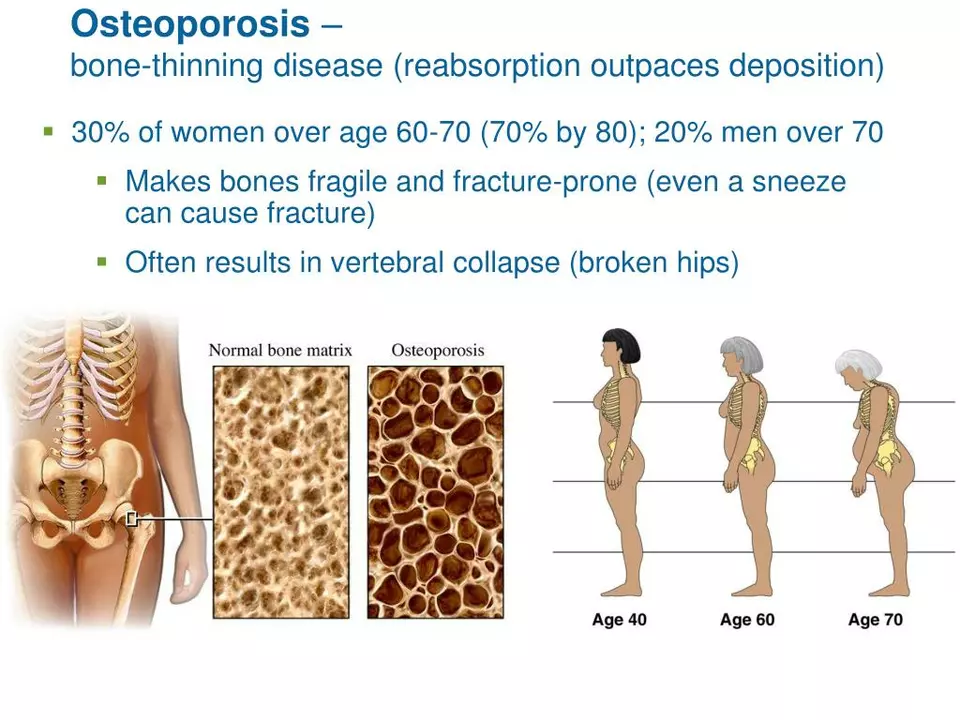Health and Medical Research
Sometimes a lab finding turns into a life-changing treatment. A drug for one condition can end up helping people with a different disease — and that story tells you a lot about how medical research actually works. On this page I collect clear, useful pieces that explain those journeys, what the immune system is doing in disease, and how older drugs shaped modern care.
What you’ll find here
I focus on three kinds of pieces. First, drug journeys — how a compound moves from tests to real patients. The Dimethyl Fumarate story shows that path: first used for psoriasis, later shown to help some people with multiple sclerosis because of its immune and nerve-protecting effects. Second, disease science — like the psoriasis article that breaks down how T cells trigger inflammation and fast skin cell growth. Third, treatment histories — for example, how alendronate changed osteoporosis care since the 1960s and why that history still matters when doctors pick therapies today.
Each article avoids jargon. You’ll get what the researchers did, what the results mean for patients, and what unanswered questions remain. I highlight practical points you can use when talking with your clinician or when evaluating health news.
How to use this research in real life
Want to know whether a new finding might affect you? Ask three quick things: who was studied (age, disease stage), what outcomes improved (symptoms, scans, quality of life), and what side effects showed up. For Dimethyl Fumarate, for example, trials reported fewer relapses in some MS patients and an immune-shifting effect — but there are trade-offs like infection risk that your doctor will weigh with you.
History lessons matter too. Alendronate’s story shows how a drug becomes safer and easier to use over time as doctors learn dosing tricks and side-effect management. When a treatment has decades of data, it can be predictable; newer options may be exciting but come with unknowns.
If you read a study headline, don’t stop there. Look for the size of the trial, how long it ran, and whether independent groups reproduced the results. I point out those details in each post so you can spot headlines that matter versus ones that overpromise.
Finally, use these articles to prepare for conversations with your healthcare team. Bring a specific question: “How does this drug change my risk of flares?” or “What early signs of side effects should I watch for?” That makes research practical and helps you make choices based on your life, not just the latest paper.
Explore the posts below to read clear breakdowns of drug development, immune-driven diseases like psoriasis, and the milestones behind common treatments such as alendronate. If you want something explained in simpler terms or a comparison between treatments, drop a note — I’ll cover it next.








